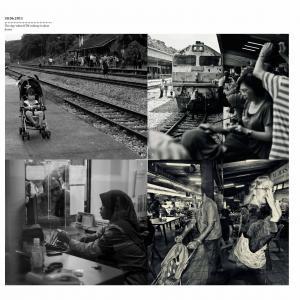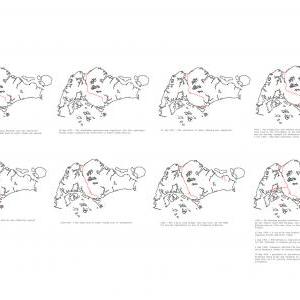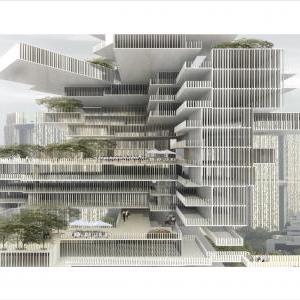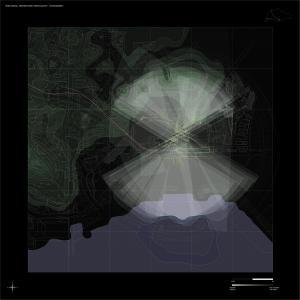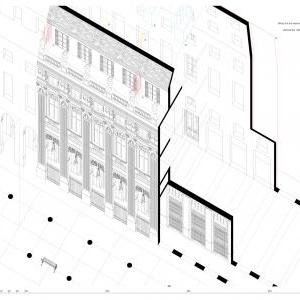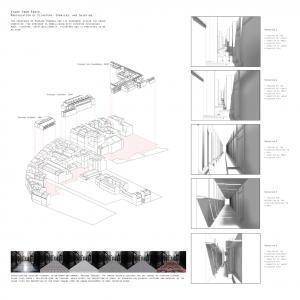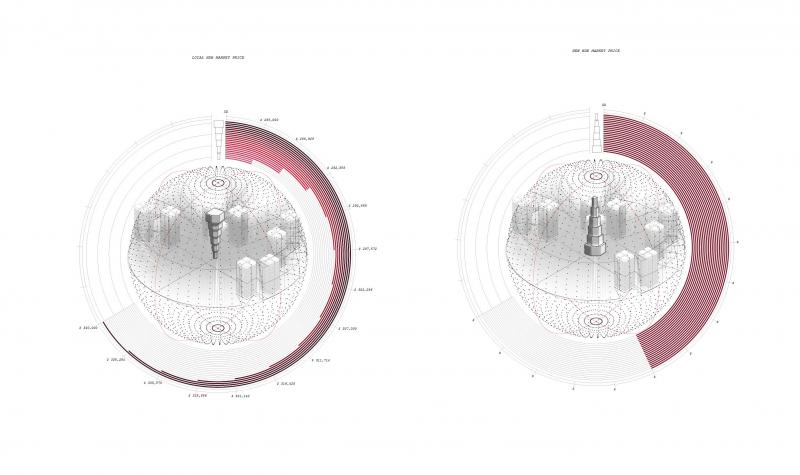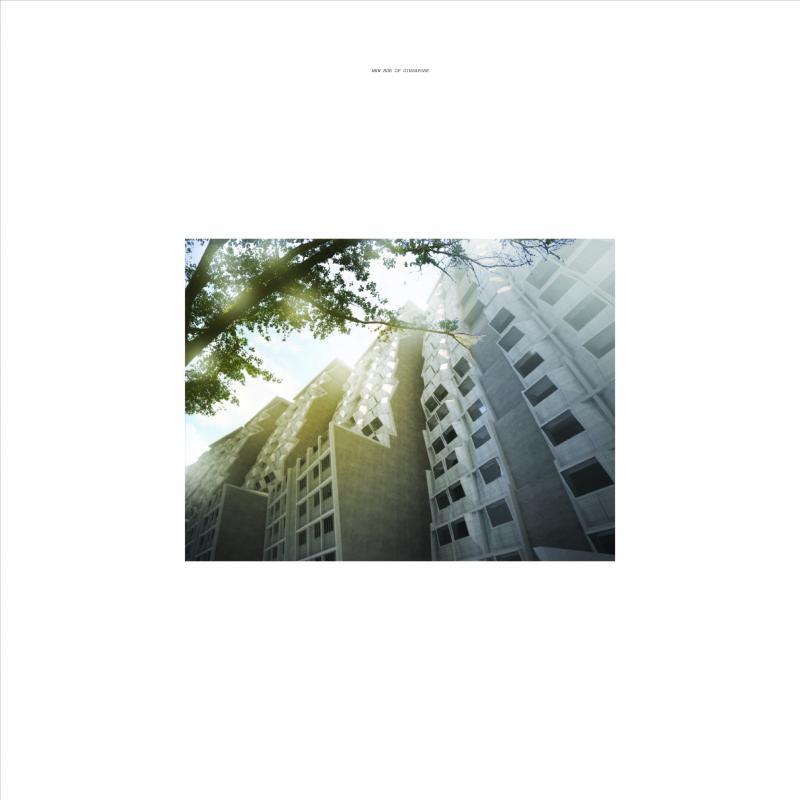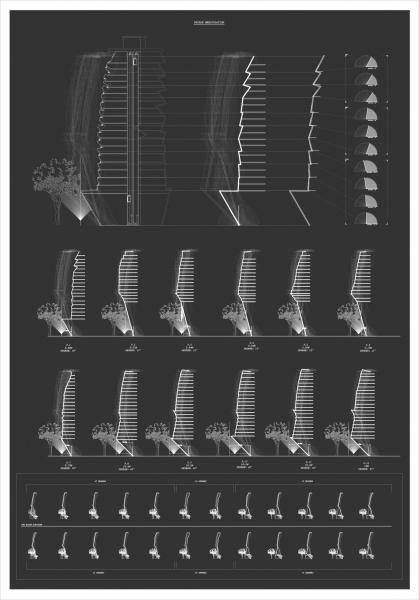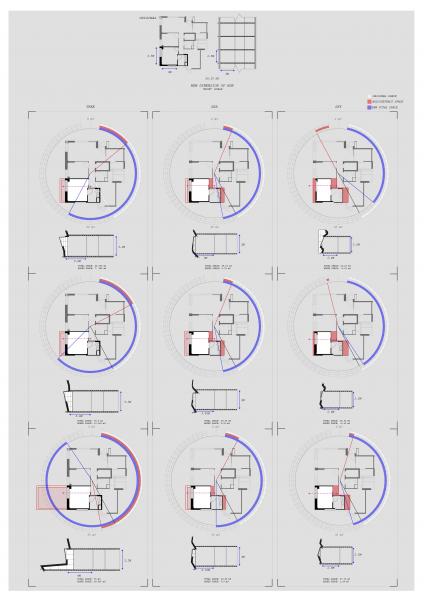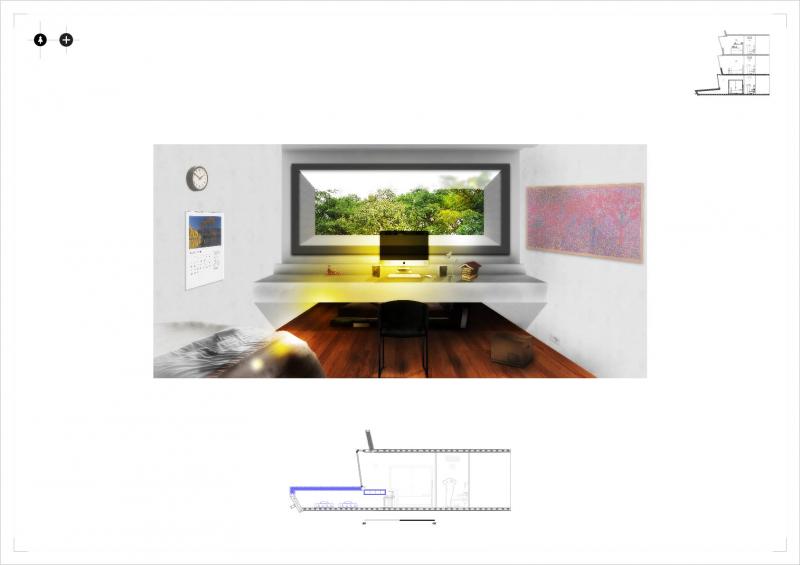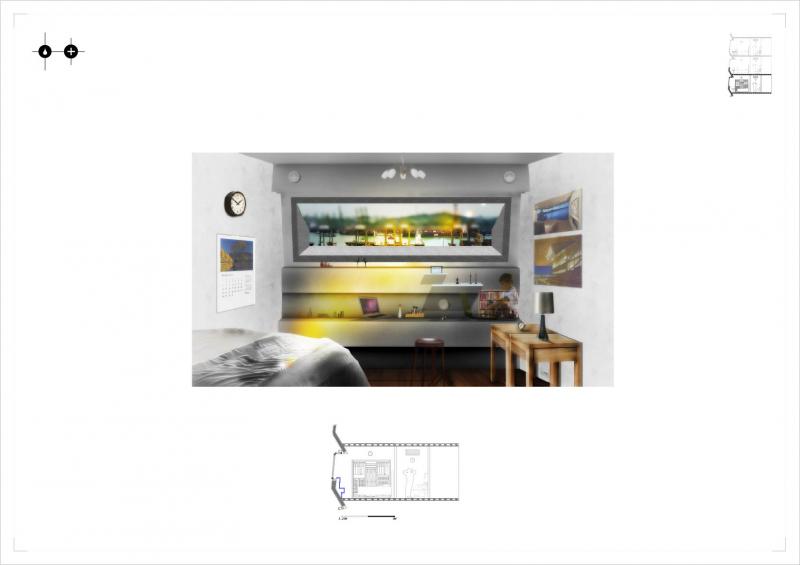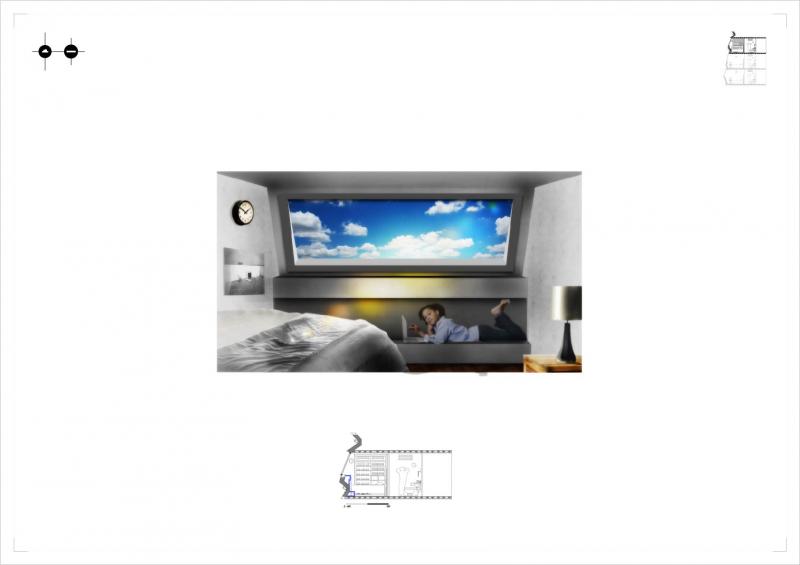A seemingly unbalanced territorial retrocession – and specifically a vacant 40km-long Malaysian railways corridor that scores through the centre of Singapore focused this year’s research on urban planning from within. Opportunistically challenging local regulatory enclaves, Intermediate 4's strategic proposals for layered and culturally rich conditions faced the void of an intangible barrier against that the fast-growing city has been abutting and negating. Semantically bridging studies and scales, the corridor as type guided our investigation into the significance of creating an urban setting at a close and large scale. To build a successive scalar inversion and specific notation of cities, buildings and spaces, we looked at bigness through the eyes of personal subjectivities, a vocabulary of form, and material and phenomenological experiences. The unit embarked on a series of novel spatial definitions using system-based approaches that began with reverse-engineering the two-dimensional space of a classical painting into parametric spatial situations.
Investigation into urban forms as dynamic models of control were balanced with experiential readings and led to early proposals for a commissioned intervention at the Victoria and Albert Museum. From London to Paris, and passing through imaginary spaces, an iterative understanding of designed urban settings and classical spaces was constructed to confront the geopolitical and territorial oddity of the Singapore site. In working on a rare stretch of emptiness in the city-state, augmented spatial experience emerged from a recompilation of contextual readings and societal commentaries. The programmed ageing of places, the void as form and the caricatured translation of obsessive optimisation were envisaged as alternatives to the isolated icon-based urban development under the exacerbated conditions of planning. Building into our quest for novel forms of qualitative densities, the proposals seek dynamically defined situations through plays on materiality and preconception of architectonic scale.
Unit Staff
Nathalie Rozencwajg
Michel da Costa Gonçalves
Thanks to
Claude Ballini
Peter Karl Becher
Lara Belkind
Calvin Chua
Oliver Domeisen
Chris Dorey
Maria Fedorchenko
Tobias Klein
Denis Lacej
Kai Ong
Takero Shimazaki
Brett Steele
Eugene Tan
See Nin Tan
Charles Tashima
Jeroen Van Ameijde
Tatiana Von Preussen
Yvonne Weng
